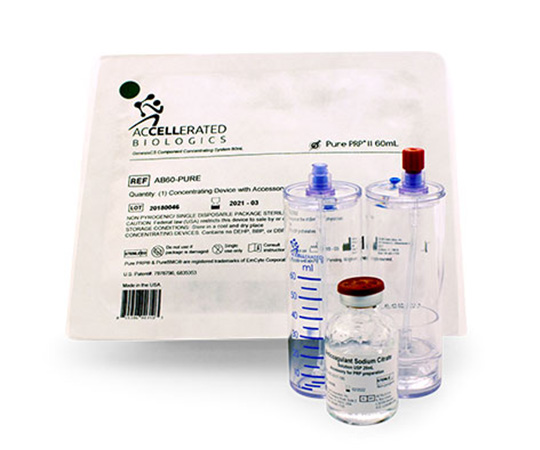Perspectives of employing mesenchymal stem cells from the Wharton’s jelly of the umbilical cord for peripheral nerve repair
Mesenchymal stem cells (MSCs) from Wharton’s jelly present high plasticity and low immunogenicity, turning them into a desirable form of cell therapy for the injured nervous system. Their isolation, expansion, and characterization have been performed from cryopreserved umbilical cord tissue. Great concern has been dedicated to the collection, preservation, and transport protocols of the umbilical cord after the parturition to the laboratory in order to obtain samples with higher number of viable MSCs without microbiological contamination.
Wharton’s Jelly Derived Mesenchymal Stem Cells: Future of Regenerative Medicine? Recent Findings and Clinical Significance
Taken together, the clinical implication of oxidative stress, telomere length, DNA damage and disease has impaired the therapeutic potential of mesenchymal stem cells (MSC) isolated from aged patients. These changes in MSC biology indicate that aged patients may require an alternative source of stem cells for treatment. The high efficiency of Wharton’s Jelly mesenchymal stem cells (WJ-MSC) recovery, the minimal ethical concerns associated with its acquirement and use, low immunogenicity, and the fact that they are from healthy, young donors make them an ideal source of MSC for autologous and allogeneic applications.
Wharton’s jelly as a reservoir of peptide growth factors
The amounts of peptide growth factors calculated per microgram of DNA are distinctly higher in Wharton’s jelly in comparison to the umbilical cord artery. Western blot analysis demonstrated that almost the entire amount of these factors is bound to high molecular weight components. Since the number of cells in Wharton’s jelly is very low and the amounts of extracellular matrix components are very high, it is concluded that the cells are strongly stimulated by peptide growth factors to produce large amounts of collagen and glycosaminoglycans.
Pure PRP GS 30ml

Lorem ipsum dolor sit amet, consectetur adipiscing elit.
Pure PRP GS 60ml

Provides versatility, shorter processing times, reduced processing steps, better regenerative cell procurement
Progenikine 25

Lorem ipsum dolor sit amet, consectetur adipiscing elit.
Exosome Concentration Kit

Lorem ipsum dolor sit amet, consectetur adipiscing elit.
A2M

Lorem ipsum dolor sit amet, consectetur adipiscing elit.
Cellution Device

Lorem ipsum dolor sit amet, consectetur adipiscing elit.
